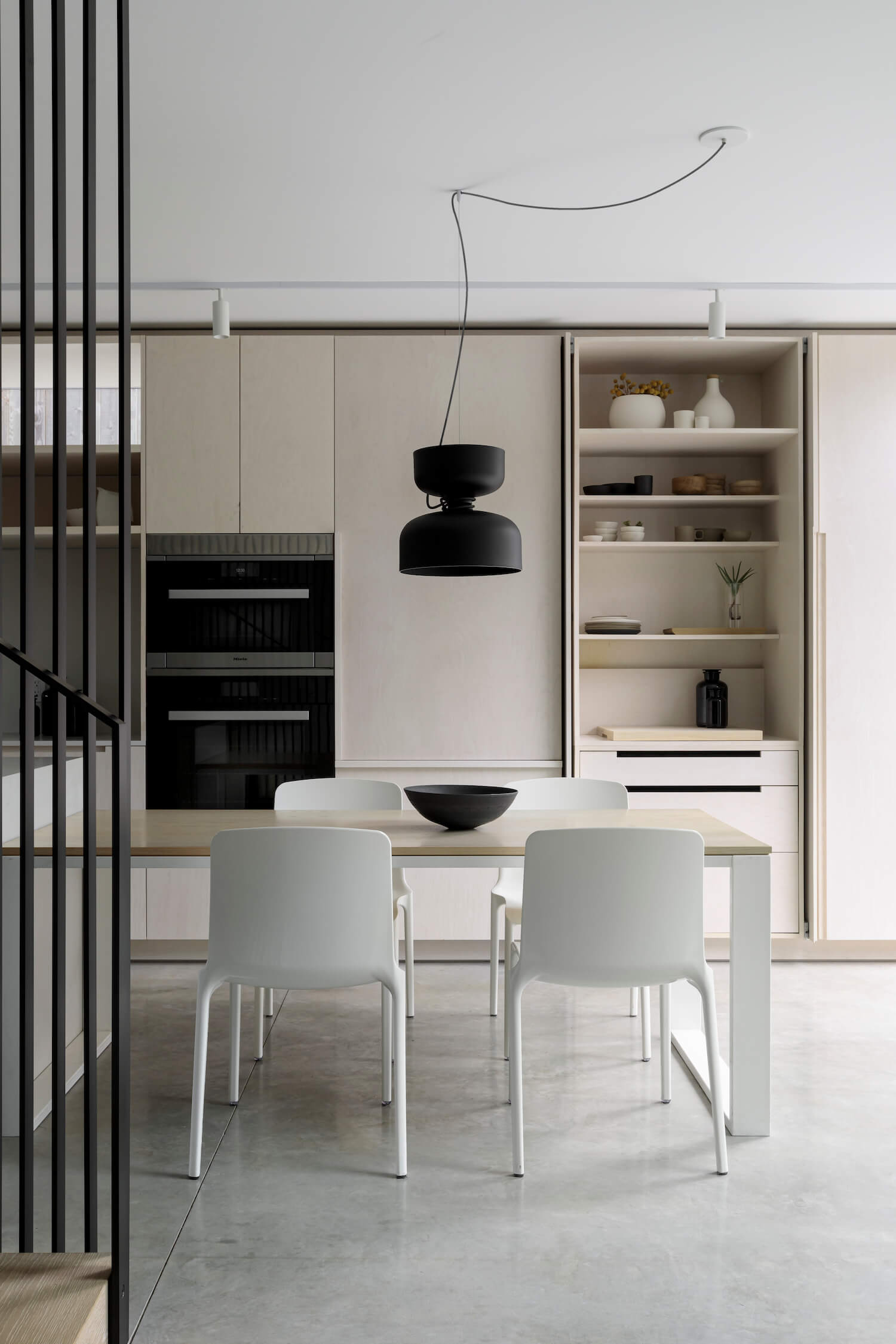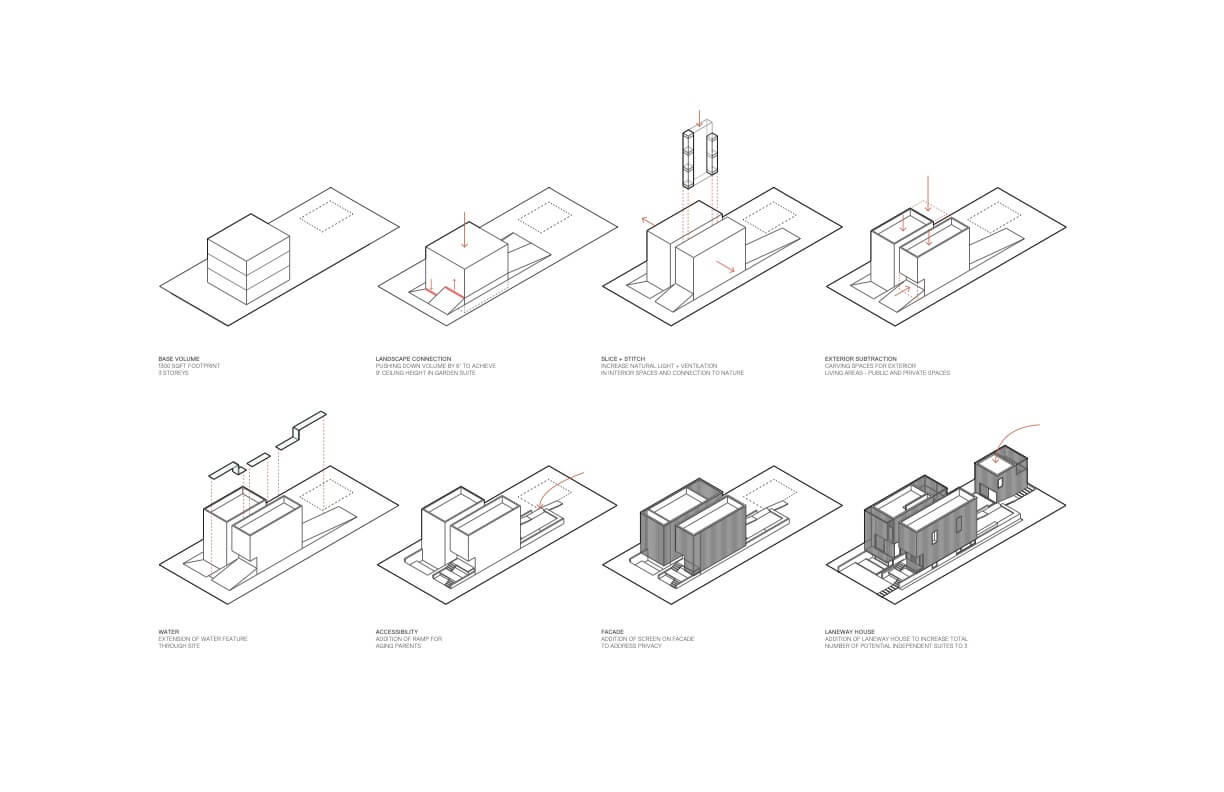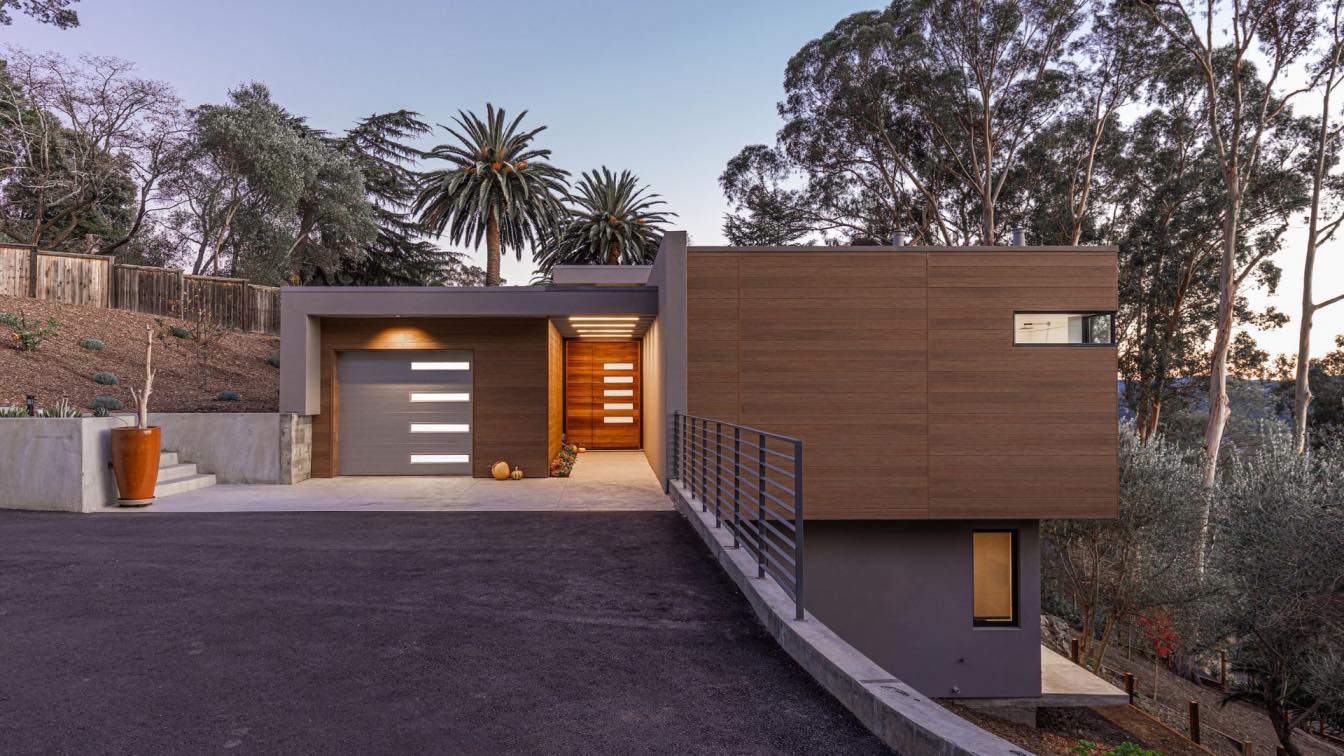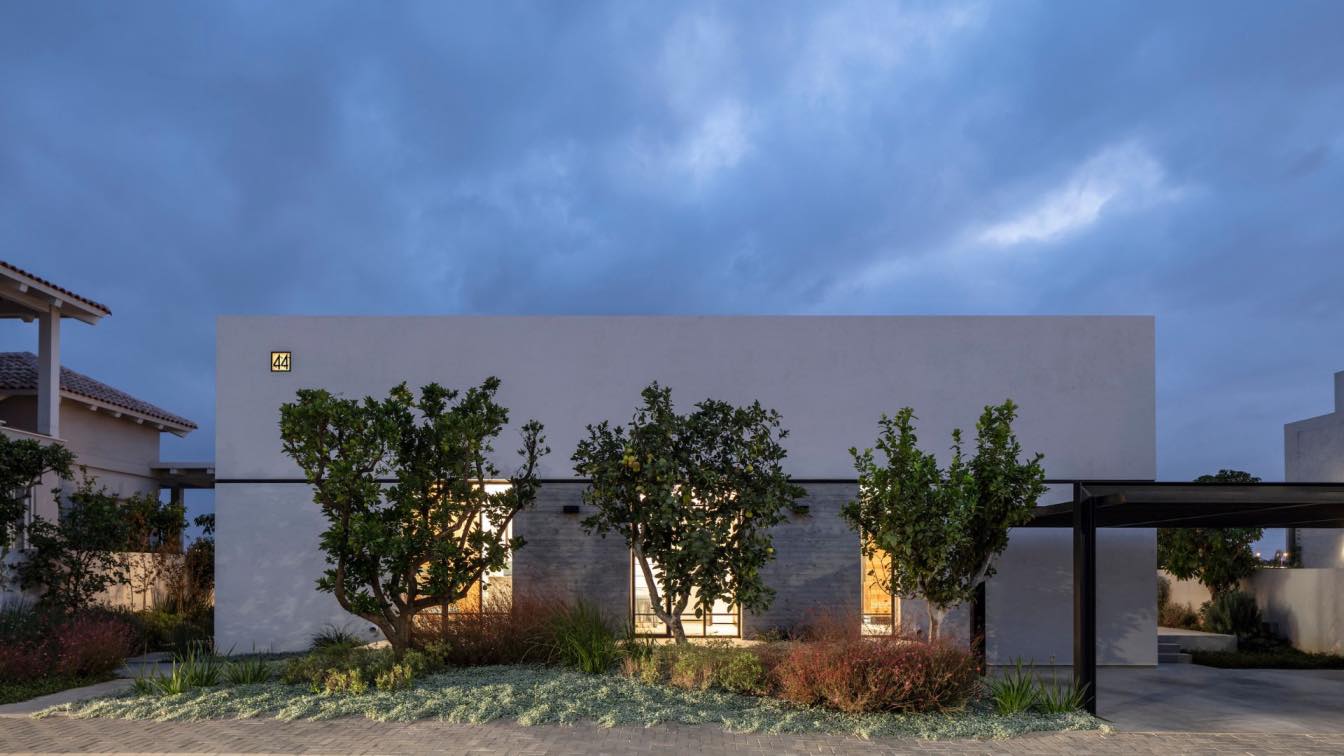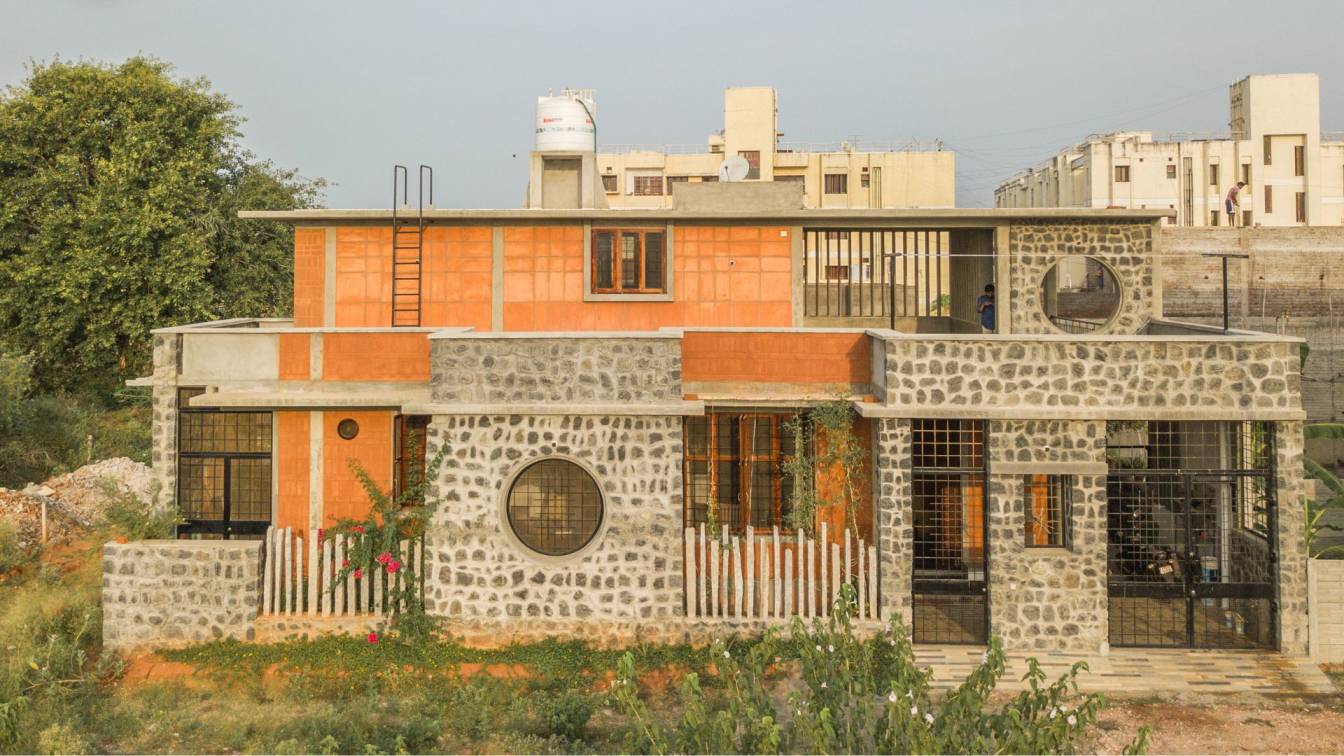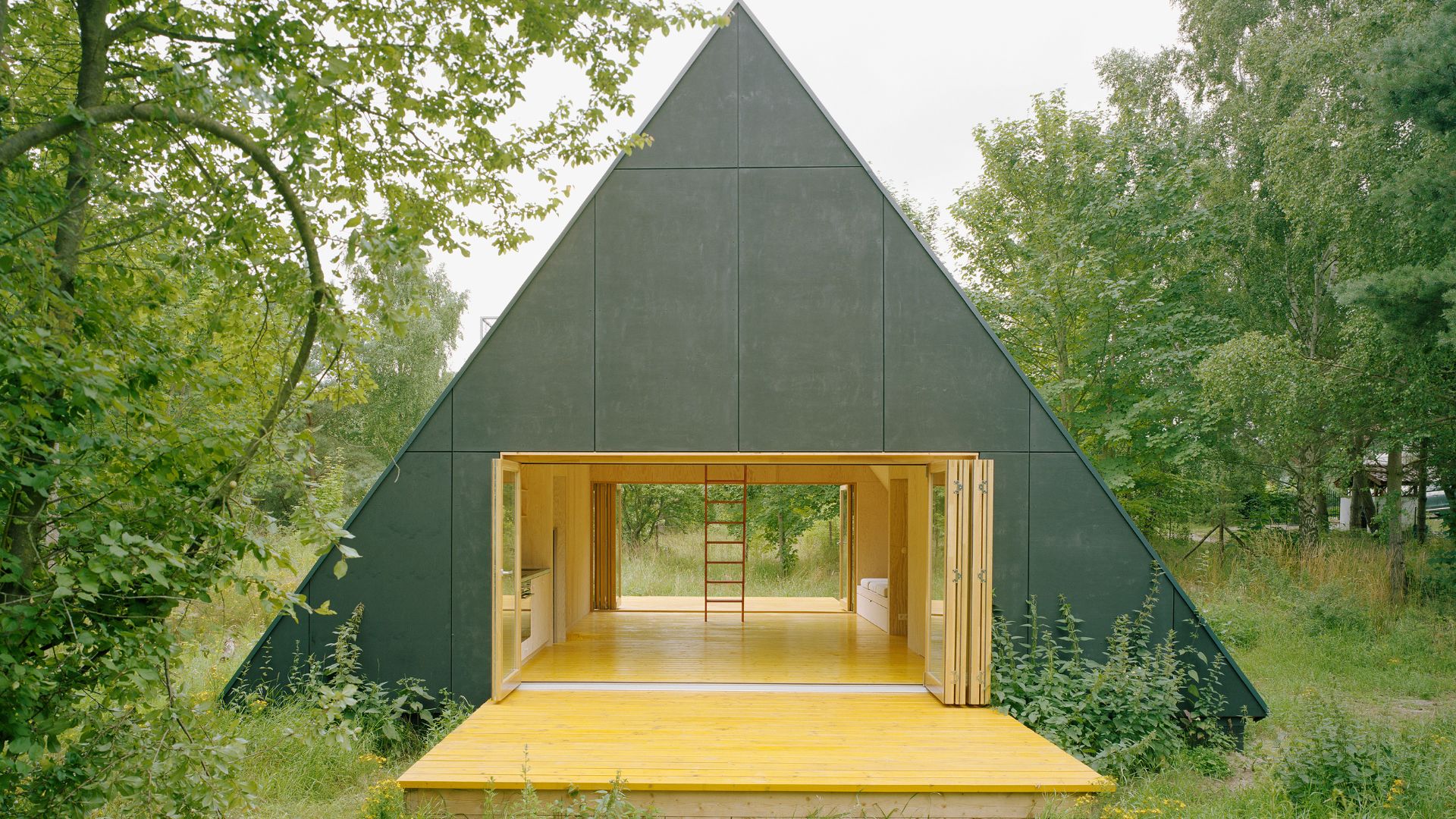Leckie Studio: Full House envisions a new way of living which benefits multiple generations and inspires progressive community values. The design concept was developed in response to the specific urban conditions of Vancouver, but the qualities of the house are globally applicable. By amplifying flexibility of program, fluid circulation, and plentiful access to green space and natural light, Full House proposes a framework for a life centered upon health, play, and relationships.
Conceived as a five-bedroom home with a one-bedroom laneway house, the program follows the logic of a traditional family residence. However, the main floor pivot door – inspired by Marcel Duchamp’s Door: 11, Rue Larrey (1927) – allows for a highly unusual degree of flexibility. In the context of Full House, Duchamp’s conceptual artwork is reinterpreted as a functional architectural element: the pivoting steel plate partition can occupy three possible positions, modulating the adjacent spaces to generate different combinations of public and private domestic spaces. Depending upon the placement of the partitions, the program transitions between a large five-bedroom home or two discreet dwelling units (comprising either a three-bedroom suite and a two-bedroom suite, or a four-bedroom suite and a one-bedroom suite). These alternating configurations might serve any number of scenarios, whether elderly parents living with their children and grandchildren, a young couple seeking to lease separate suites, or a co-living environment for a group of friends.

The concept for the house arose from the particular urban experience of Vancouver, a city where creative solutions for increased density have historically prioritized a strong connection with the surrounding natural environment. However, as real estate prices rise and the psychological challenges of high-density condo living become increasingly apparent, it is clear that the city’s ubiquitous tower-podium model is an insufficient solution for urban development. Drawing upon recent research into the diverse benefits of multi-generational living, Full House offers an alternative which prioritizes the social, psychological, and economic wellbeing of inhabitants. In addition to the financial incentives of shared ownership and co-inhabitation, multi-generational living offers mutual mental health benefits for young and old – not least the sharing of care duties, decreased physical and emotional isolation, and the overall strengthening of relationships across generations.
Rather than proposing a fixed model for co-inhabitation, Full House is designed to adapt and evolve as family structures and lifestyles change. The flexible spaces are responsive to the fluidity of cultural shifts, proposing a sustainable way of life which is simultaneously pragmatic, poetic, and deeply humane.










